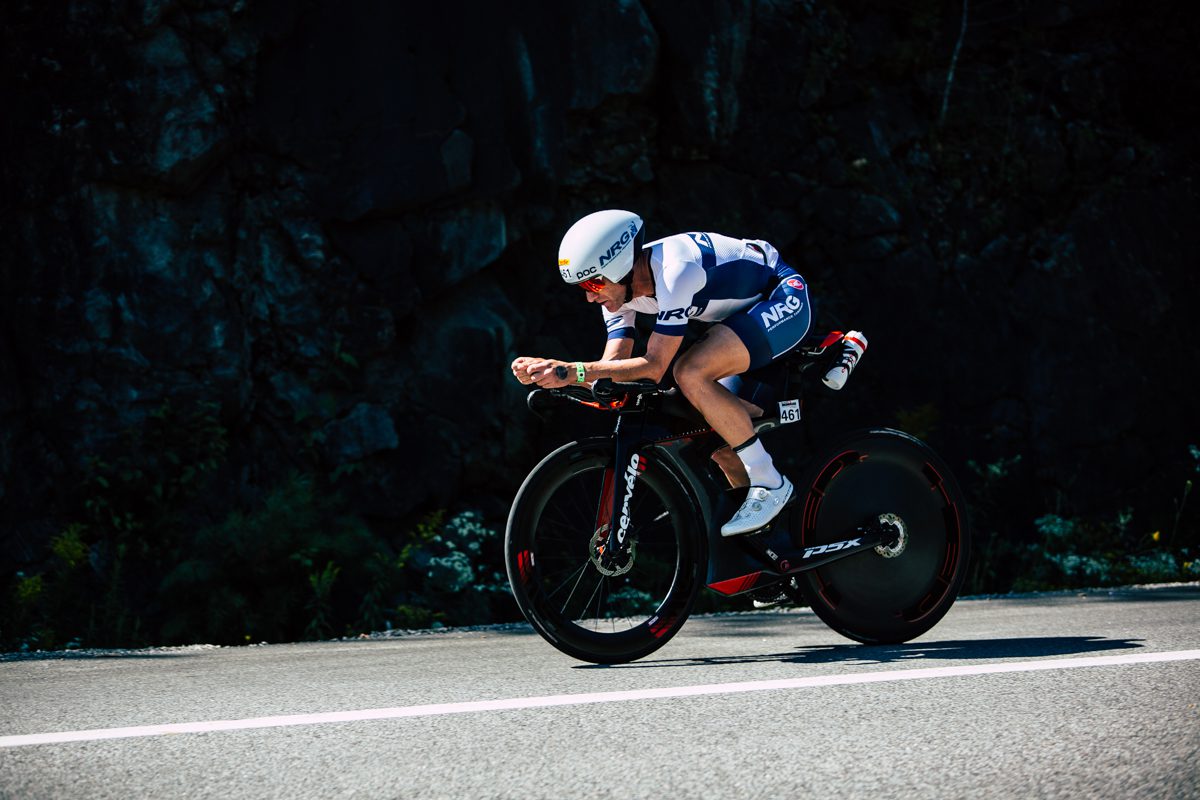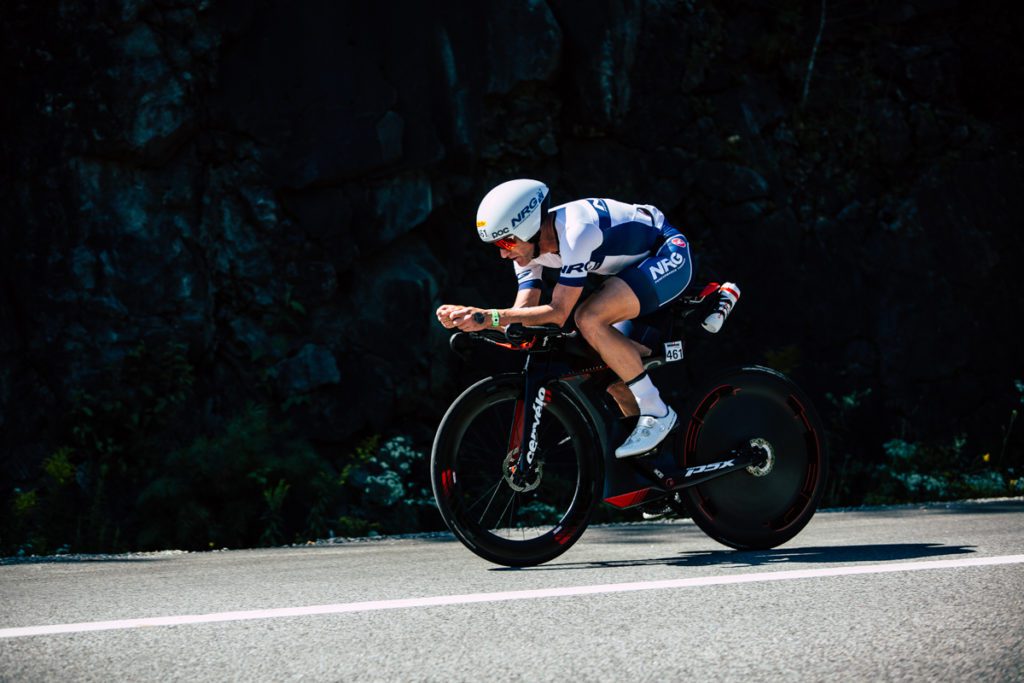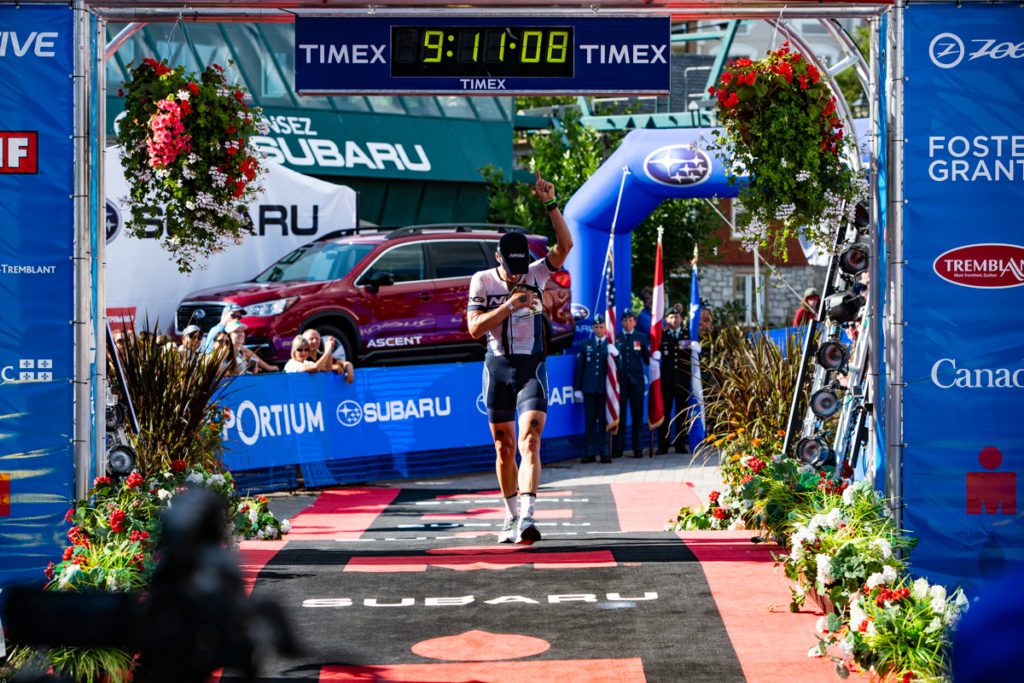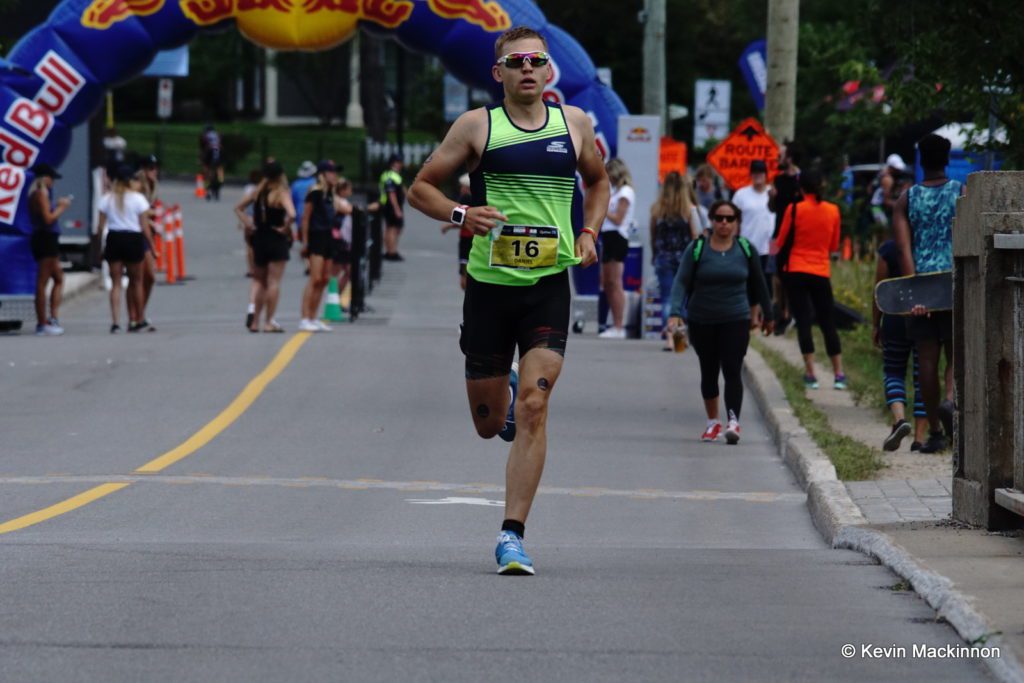How to move up to the Ironman distance
Six tips from Nigel Gray, head coach of NRG Performance Training, on how to train for an Ironman

An Ironman 70.3 event, also known as a half, includes a 1.8K swim, 90K bike and a 21.1K run. Typically at the age group level, athletes finish between four and eight hours.
Related: What I learned in my first 70.3
On the other hand, a full Ironman can take a minimum of eight hours. With a 3.8K swim, 180K bike and a 42.2K run, most age group triathletes finish between eight and 17 hours.

Related: 10 reasons to do an Ironman
Here are six tips from Nigel Gray, head coach of NRG Performance Training and former professional triathlete, on how to move up to the Ironman distance.

- Aim to get in three to four workouts/discipline/week: During the offseason, it is a good idea to put some extra focus into your weakest sport.
- Slowly build up your training: You need to build up your training slowly so that you can manage your Ironman effort. Ideally, you’re able to fit in a two to three-kilometre open water swim, 180K ride and a 30-45 minute run after a long ride.
- The run: The optimal run duration varies from athlete to athlete. For those who will be planning on a run/walk strategy, building up to four plus hours of run/walk is possible. For those who will run the 42.2K, capping your long run at around three hours is best.

- Nutrition is just as important as the swim/bike/run: You need to use your long brick days as a test for your race specific nutrition plan. Have a proper plan laid out so that you know what you’re going to eat and drink each hour. During the session, make a note of what you do and how it felt. Being able to test your nutrition in a training day that lasts six to eight hours is key for getting things dialled in for race day.
- Half versus full: An Ironman is less about speed and more about durability than a 70.3. You need your body to be able to hold up throughout a much longer day. For that reason, volume becomes more beneficial than intensity in getting ready for an Ironman.
- Long run off the bike: It’s a good idea to do a longer run off the bike. For example, after a four-hour ride, aim to run 60-90 minutes off the bike to help you get your pacing and nutrition ready for race day. Be mindful of these workouts, if you run too hard or don’t fuel properly, you can really bury yourself and impact your recovery.
Related: 15 thoughts when completing an Ironman
Two weeks out from your Ironman, you have done all the hard training blocks, now is the time to fine-tune, get things organized and embrace the taper.
